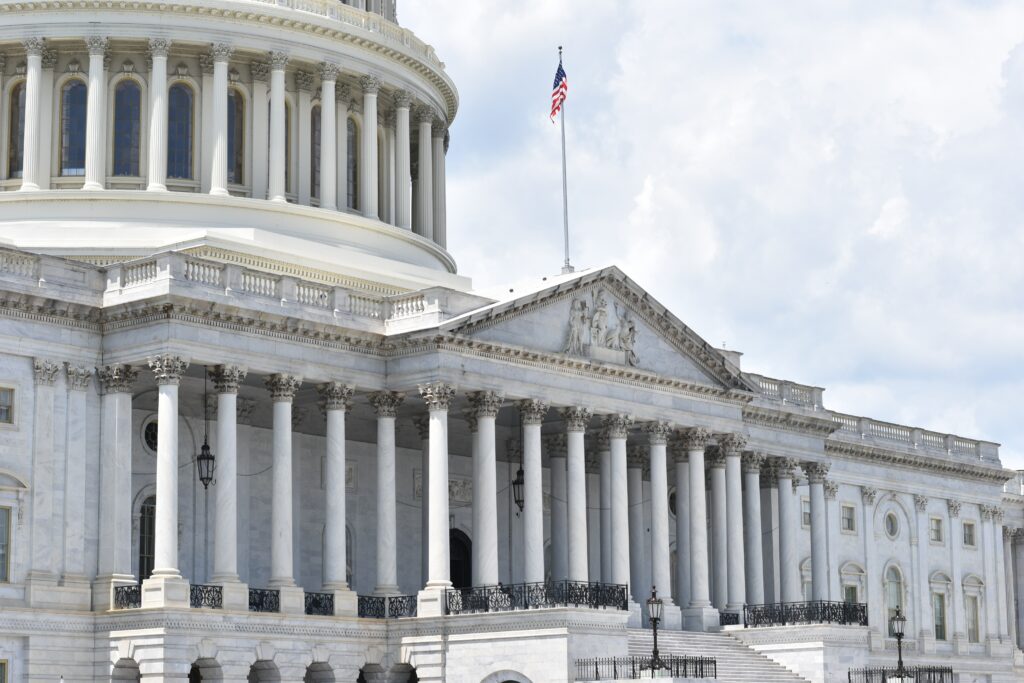
One of the significant changes under Consolidated Appropriations Act, 2021 (the “Act”) signed into law on December 27, 2020 was the extension and expansion of the Employee Retention Credit. The Employee Retention Credit can be used to offset Federal employment taxes. Excess credits are refundable or can be claimed in advance by filing Form 7200 for employers with 500 or fewer employees.
In summary the changes from the Act
- Reduces eligibility requirements to entities with a 20% reduction in gross receipts
- Extends eligibility to employers that received a loan from the Paycheck Protection Program (“PPP”)
- Expands definition of small employer to not greater than 500 average employees
- Expands definition of eligible wages to include health benefits
- Increases per employee qualified wages to $10,000/quarter from $10,000/year
- Extends eligible wages through June 30, 2021
- Increases credit percent to 70% from 50%
Eligible Employer
Employers, including tax-exempt organizations, are eligible for the credit if they operate a trade or business during calendar year 2020 – June 2021 and experience either:
- the full or partial suspension of the operation of their trade or business during any calendar quarter because of governmental orders limiting commerce, travel, or group meetings due to COVID-19,
OR
- a significant (20%) decline in gross receipts as defined under IRC section 448(c)[1] for the same calendar quarter of the prior year
The significant decline in gross receipts ends on the first day of the first calendar quarter following the calendar quarter in which gross receipts are more than 80% of its gross receipts for the same calendar quarter in the prior year. For example, a company that had a 25% decrease in gross receipts during Q2 and a 15% decrease in gross receipts during Q3 would be an eligible employer from the beginning of Q2 until the beginning of Q4.
The Act modified the original CARES Act which previously excluded PPP Loan recipients from claiming the employee retention credit by striking Section 2301(j).
Qualified Expenses
The credit applies to qualified taxable wages (including certain health plan expenses) paid by an eligible employer in a calendar quarter or any calendar quarter in which operations were suspended.
Qualified wages depend on the average number of full-time employees employed during 2019. For an eligible employer that averaged more than 500 full-time employees, qualified wages are the wages paid to an employee for time that the employee is not providing services. For an eligible employer that averaged 500 or fewer full-time employees in 2019, qualified wages are any wages paid to any employee regardless of whether they provided services.
The Act modified the maximum qualified wages from $10,000 for all calendar quarters to $10,000 for any calendar quarter.
Any wages considered for this credit are excluded from being claimed on other federal credits[2]. In addition, wages paid by the proceeds of a PPP Loan must be excluded from the Employee Retention Credit determination.
Calculated Credit
The credit percentage increased from 50% to 70% of qualified wages, potentially increasing the quarterly credit from $5,000 to $7,000 per employee.
An amended Form 941 may be filed for any employment tax form filed before the enactment date (i.e. December 27, 2020) that excluded qualified wages. Alternatively, the Act provides that these expenses may be included as qualified wages paid in the calendar quarter which includes the date of the enactment of this Act (i.e. the Q4 941 due January 31, 2021.)
SUMMARY
The significant changes to the definition of small employer, qualification criteria, and maximum credit creates a sizable benefit for eligible employers that experienced a significant decrease in gross receipts. While additional guidance from the SBA and IRS is expected, it’s important that eligible employers consider their options for claiming the Employee Retention credit.
Please contact a member of your Tanner tax team with any questions about your specific situation.
[1] IRC Sec. 6033 for Tax Exempt Organizations
[2] Credits covered under Sec. 41, 45A, 45P, 45S, 51, and 1396


